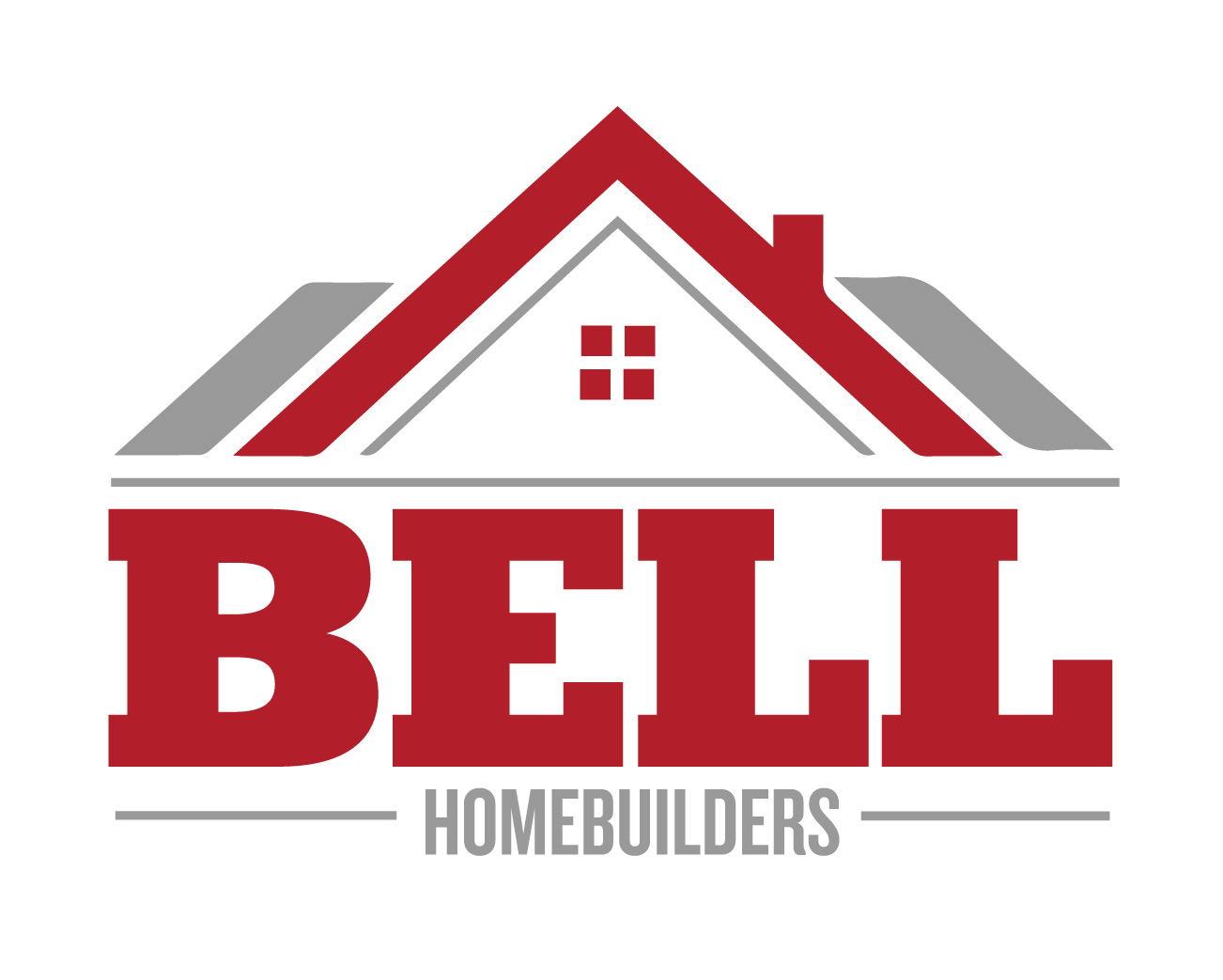
Local News and Information Archives for 2023-10
Today's Homebuyer Post-Pandemic
.png/HBAGC_Blog_Graphics_(25)__382x320.png) How has today’s homebuyer changed post-pandemic? Using the 2021 American Housing Survey (AHS), NAHB researched the characteristics of recent home buyers — defined as households who purchased homes in the two years before the 2021 AHS was conducted — in a new study. During this period, approximately 10.2 million households bought and moved into a new home.
How has today’s homebuyer changed post-pandemic? Using the 2021 American Housing Survey (AHS), NAHB researched the characteristics of recent home buyers — defined as households who purchased homes in the two years before the 2021 AHS was conducted — in a new study. During this period, approximately 10.2 million households bought and moved into a new home.
The NAHB study focused on two important groups of home buyers: Those who purchased a home for the first time (first-time home buyers) and those who bought a brand-new home (new home buyers). Findings of the study included a higher median income compared to pre-pandemic as well as steadily rising family size.
Income
In the 2021 AHS, the median household income for all recent home buyers was $97,700. Median household income among all home buyers grew 13% from $60,000 in 2001 to $68,000 in 2007 and then fell 4% to $64,998 in 2011. After the Great Recession, household income accelerated, jumping by around 50% from $64,998 in 2011 to $97,700 in 2021. Not surprisingly, new home buyers consistently show higher median income than first-time home buyers ($112,100 vs $90,000 in 2021).
Age
According to the 2021 AHS, the median age of all home buyers was 41. The median age of first-time buyers stayed steady at 33 compared to 2017, while the median age of new home buyers decreased from 46 to 45 compared to the 2017 statistics.
Size
Household size also plays a factor in the post-pandemic housing market, as a growing family is one of the main factors for home purchases. The average household size for recent home buyers was 2.70 in the 2021 AHS. While it declined from 2001 to 2011 (2.84 to 2.61), it has been growing steadily since. Meanwhile, the average household size among non-moving homeowners was 2.57 in 2021.
Financing
The 2021 AHS found that more than half of recent buyers put no more than 20% down on the homes they purchased. Less than 18% of all buyers purchased a home without a down payment in 2021, while 50% had a down payment of 0 to 20%, and only 16% put more than 20% down.
Among all recent home buyers, first-time buyers had smaller down payments. Roughly 82% of first-time home buyers put no more than 20% down, including 18% with zero down payment. In comparison, only 63% of buyers purchased new homes with no more than 20% down.
The median value of the homes purchased was $318,185 overall in the study. The median value of homes purchased by a first-time buyer was $271,445, with the median value of new homes coming in considerably higher at $429,205.
Types of Homes Purchased
In the 2021 AHS, 91.2%, of new homes purchased were single-family detached, while 6.9% were single-family attached and 2% were multifamily condos. Meanwhile, 83.8% of first-time home buyers purchased a single-family detached home. The remaining 16.2% are split evenly between single-family attached homes and multifamily condos.
Reasons for Purchasing a Home
Not surprisingly, the top reason for purchasing among all buyers was for “moving to a better home(60%),” followed by “a better neighborhood(49%)” and to “form a household(38%).” First-time home buyers ranked forming a household much higher at 60% than new home buyers who ranked this reason at 32%.
The full AHS report, which includes additional statistics and charts illustrating trends over time, is available on nahb.org. If you’re considering buying or selling a home, continue reading for more valuable information or visit our member directory for a list of local professionals to help in the process.
What Type of New Home Builder Should You Hire?
.png/HBAGC_Blog_Graphics_(24)__382x320.png) Choosing to build the home of your dreams can be an overwhelming task with many decisions from where to build to the layout and type of home you desire. Selecting the right builder for your home is paramount to making the process go smoothly. To help you decide on the builder that works for you, here’s a brief explanation of the types of home builders and some of the differences in working with each.
Choosing to build the home of your dreams can be an overwhelming task with many decisions from where to build to the layout and type of home you desire. Selecting the right builder for your home is paramount to making the process go smoothly. To help you decide on the builder that works for you, here’s a brief explanation of the types of home builders and some of the differences in working with each.
Custom Home Builders
A custom home is generally a single-family home that is built to a buyer’s specifications on land that the buyer owns. With a custom home, you’ll be starting with a new design, so you must make many decisions, from the floor plan type to the final finishes. Therefore, you’ll have to work closely with the builder and architect to design and construct a home with all your desired features and elements. A custom home is truly one-of-a-kind and won’t look like any other house in the neighborhood.
Given the number of decisions you’ll make related to crafting your dream house, it could take longer to build and be costly. However, a key benefit of working with a custom home builder is that you can make alterations during the building process, although it may increase the overall price of the home.
Semi-custom Home Builders
A semi-custom home is constructed based on existing blueprints and can be built on the builders’ land or land you own. As a semi-custom home buyer, you can review the plans before construction and conform them to your personal preferences. However, unlike a custom home, once construction begins, there is less flexibility to make changes. And since the house is not being designed from scratch, it often costs less and is completed in a faster timeframe than an entire custom home.
Production Home Builders
Production homes are built in developments on land the builder owns and there will likely be multiple homes in the neighborhood that look similar. Production builders use standard plans, but often offer a variety of plan choices and options, such as different floor plans and elevations. You can choose from various feature options, from cabinets to countertops, which may or may not increase the base home price.
In general, production homes are built in a fast time frame since the builder has already obtained the necessary permits for the plans. However, alterations to structural elements, such as the foundation walls, will require reengineering the plans and resubmitting them for new permits, which could lengthen the completion date.
For more information to help you design your dream home, including a list of local professional builders, visit our member directory.
Archives:
2024-03 | 2024-02 | 2024-01 | 2023-12 | 2023-11 | 2023-10 | 2023-09 | 2023-08 | 2023-07 | 2023-06 | 2023-05 | 2023-04 | 2023-03 | 2023-02 | 2023-01 | 2022-12 | 2022-11 | 2022-10 | 2022-08 | 2022-07 | 2022-06 | 2021-09 | 2021-08 | 2021-07 | 2021-06 | 2021-05 | 2021-04 | 2021-03 | 2021-02 | 2021-01 | 2018-02 | 2018-01 | 2017-12 | 2017-11 | 2017-10 | 2017-07 | 2017-06 | 2017-05 | 2017-04 | 2017-03 | 2017-02 | 2016-10 | 2016-09 | 2016-06 | 2016-05 | 2016-04 | 2016-03 | 2016-02 | 2015-03





